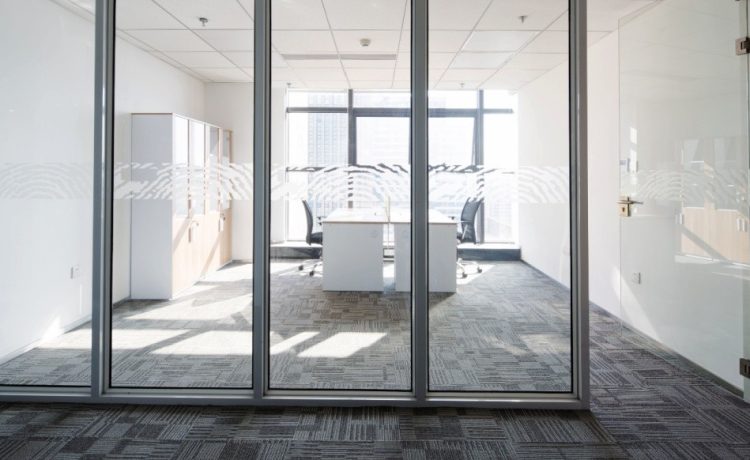The use of silent (silent-operating) glass sliding panels in workspaces is an upcoming practice that surrounds contemporary design alongside output. These panels enable full visibility and open-mindedness of glass while providing sound control and unobstructed drive, which is perfect for executive buildings, conference rooms, and even cooperative areas.
However, for silent movement and high-acting soundproofing, several checks need to be done in the field to be worked on early. With that in mind, here is a thorough checklist of current fashion to ascertain before glass sliding panel establishment in your office.
Wall and Ceiling Structure Stability
Before some work can commence, it is necessary to check that the walls and ceiling of the region to which the panels will be glued are structurally sound and aligned. It’s common knowledge that office glass sliding panels soundless are heavier than standard glass sliding panels.
They demand stronger support buildings that are capable of bearing the pressure of not only the panels but also the following track system as well.
Look out for:
- Crack, gap, and even water damage assessment
- Lose or hollow dry wall
- Weak framing bordering the unfinished ceiling edges
In cases where the mounting surface is weak, additional work will need to be done before proceeding to the installation stage.
Floor Evenness and Alignment
For sliding doors that are bottom-guided or floor-supported, the floor is required to be uniformly smooth and level. Any unevenness in the flooring translates to track and alignment issues.
Use a laser level to confirm the following:
- The floor is smooth along the leveling line.
- There are no visible irregularities such as bumps, dips, or protrusions.
- A threshold or guide channel in the floor can be installed if required.
The ability to silently and effortlessly glide the panels is severely compromised with a poor foundation.
Space Required for Sliding Panels
Glass sliding panels require ample elbow room, not only for ease of movement but for enhanced noiseless glide. Remember to consider the length of the horizontal path as well as the space set aside for stacking the panels, should there be more than one.
Always look out for:
- Pillars, furniture, or electrical fittings that take up space.
- Edges of door walls or frames that render the movement incomplete.
- Length of sliding panel vis-à-vis horizontal space available.
Never underestimate pre-planning the motion of the panel, as this can ensure subdued, uninterrupted operations.
Sliding Panels Eco Sound Policies
External acoustics need to be at par or even exceed the use of sound during the functions of a sliding panel’s noiseless ability. Look over the intended installation zone for these issues.
Resonating bullets made of glass or concrete exposed walls, choiceless on walls and floors. Sealing these gaps using soft-close mechanisms, acoustic seals, along with wall mount films, strengthens soundproofing and motion quietness.
Conclusion
Checking and fitting the installation area is essential for guaranteeing your soundless mirror sliding panels work exactly as intended. From structural integrity to scope planning and acoustics, a cautious site check can prevent costly delays, noise issues, and long-term maintenance questions.
Take the time to get it right, and your office will benefit from a whisper-quiet, glossy, and highly working partitioning solution.








